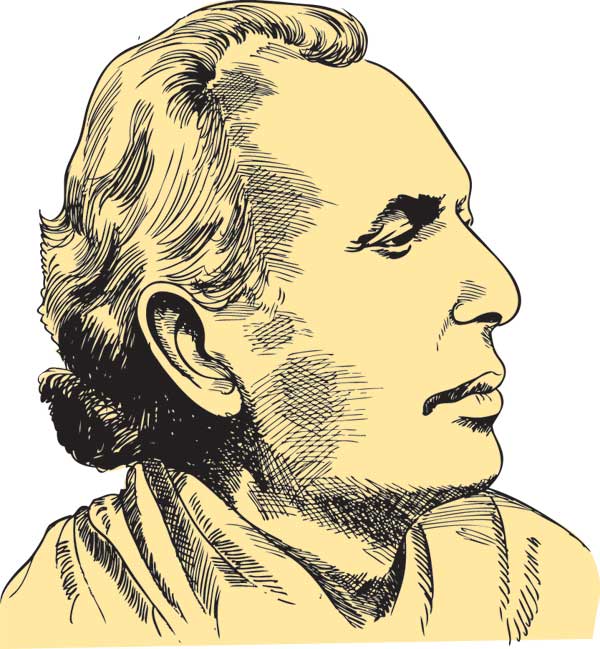Reply To:
Name - Reply Comment
Last Updated : 2024-04-24 22:26:00
.jpg) Had he lived in Colombo in 2012 amongst i-pads and i-phones, Nokia and Reebok, Anagarika Dharmapala would have mocked the Colombians as a fawning cringing crawling mob that worshipped at the altar of the UNP and with fortunes changing offer pooja before the shrine of Mahinda Rajapaksa, solely for personal advancement in search of mercenary merchandise. He would have treated any form of patronage with disdain - he did not care two hoots for position or personality, colloquially spoken.
Had he lived in Colombo in 2012 amongst i-pads and i-phones, Nokia and Reebok, Anagarika Dharmapala would have mocked the Colombians as a fawning cringing crawling mob that worshipped at the altar of the UNP and with fortunes changing offer pooja before the shrine of Mahinda Rajapaksa, solely for personal advancement in search of mercenary merchandise. He would have treated any form of patronage with disdain - he did not care two hoots for position or personality, colloquially spoken.
.jpg) The Chief Priest of the Mahabodhi in Calcutta the late Venerable Jinananda told me that Nehru accepted any invitation that originated from a Buddhist source however insignificant the event was, as he found tranquility and serenity around a Bo tree, which he did not find in his own faith as a Kashmiri Brahmin.
The Chief Priest of the Mahabodhi in Calcutta the late Venerable Jinananda told me that Nehru accepted any invitation that originated from a Buddhist source however insignificant the event was, as he found tranquility and serenity around a Bo tree, which he did not find in his own faith as a Kashmiri Brahmin.
Add comment
Comments will be edited (grammar, spelling and slang) and authorized at the discretion of Daily Mirror online. The website also has the right not to publish selected comments.
Reply To:
Name - Reply Comment
US authorities are currently reviewing the manifest of every cargo aboard MV
On March 26, a couple arriving from Thailand was arrested with 88 live animal
According to villagers from Naula-Moragolla out of 105 families 80 can afford
Is the situation in Sri Lanka so grim that locals harbour hope that they coul